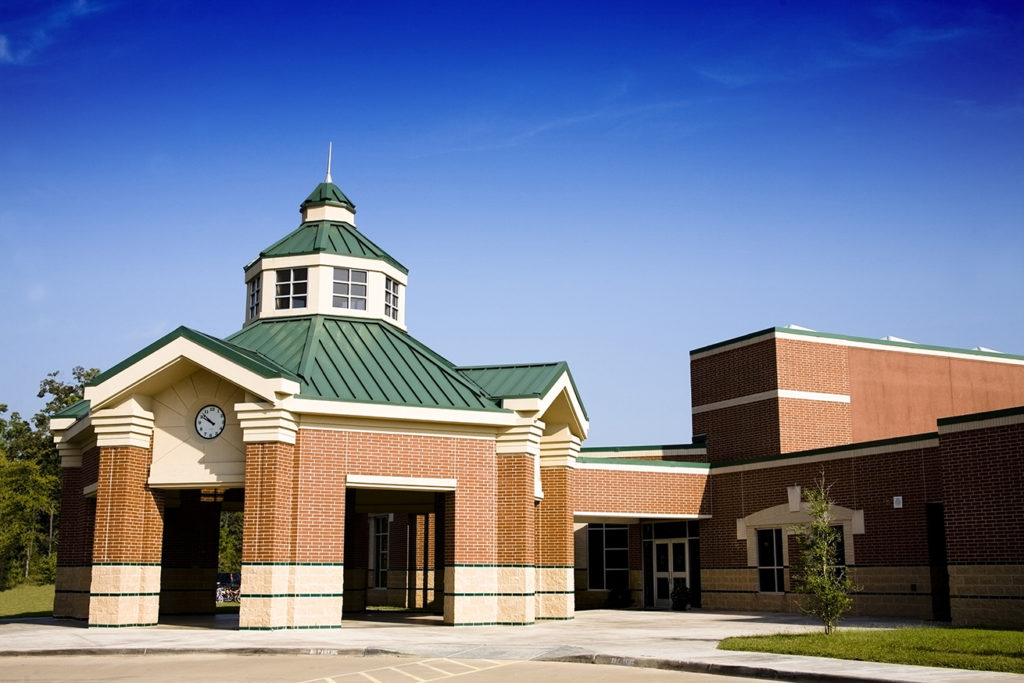Like wildfire in the wheat fields, COVID’s rampant run has significantly changed many industries, including the K-12 market. The negative impacts of school closures, virtual lifestyles, and uncertain futures are substantial – but for every low, there is a high. We sat down with Jere Smith, Director of Capital Improvements for Atlanta Public Schools, to talk about the changing K-12 market and a few surprisingly positive effects of COVID-19.
Silver Linings
As the COVID-19 virus continues to affect nations around the globe, the built environment is in the spotlight with far more intensity than ever before. The sudden need for a low- to no-touch environment has left thousands scrambling for solutions.
APS has taken a different approach. “We’re stepping up our efforts in maintaining HVAC systems and their performance. We’ve upgraded some of our filters to make sure our buildings are cleaned and cleaned again,” says Smith. “But as far as changing how the buildings are designed, we haven’t really made any calls like that.”
What has changed, notes Smith, is one of the most significant pressures of capital improvement: working in occupied spaces. In the K-12 market, this challenge is harder than most because of the number of students and faculty often involved. “We have a fairly complex addition renovation project at Grady High School in Midtown Atlanta and one of our phases was going to be done over this summer,” Smith says. “With the school being empty, we’ve been able to advance that process and go ahead and do the work. So, instead of the end of summer, we’ll likely finish prior to summer.”
Streamlined Procurement
Another silver lining in light of the current pandemic is the more streamlined procurement process. Smith credits a smooth procurement transition to a platform called Bonfire, but admits the change has been tough for vendors. “It’s a little bit different for vendors out there proposing on APS projects. It’s very unforgiving. There’s much more black and white and a lot less gray.”
There is still a human side, however. It just looks different than before. Smith’s advice can be boiled down into two main points:
- Be direct. Because committees now are scrolling through PDFs instead of flipping through books, trying to scroll through hundreds of pages quickly becomes daunting and often frustrating. “We only have ten to fifteen minutes to go through a proposal,” says Smith. “Don’t leave something out that you think is important, but focus on being a little more direct, a little more simple.”
- Links in your PDF don’t go as far as you think. Many firms are having a difficult time standing out in the virtual world, and some are trying to increase reader engagement by embedding links within their PDF submissions. Frankly, Smith hasn’t clicked on any of those. “It’s already a little harder to stop and start and engage. We tend to want the interaction in the interview.”
Nailing the New Virtual Interview
Increasing engagement during the interview, in theory, has not changed. Smith discloses that APS projects are very personable and neighborhood-oriented, and the firms that win will hit on that. The best interviews, says Smith, will “speak to something about the project, like a tree that the kids gather under or the place where all the parents gather in the morning to drop off their kids with coffee and the dogs.” Figuring out what makes a project special is the key to winning the interview and the project.
New Needs, New Spaces
Although school planning and design hasn’t changed drastically from where it was a year ago, there is a shift in focus in “maker spaces”: flexible, interactive spaces that are adaptable to the needs and trends of their users. The pandemic has rear-ended us into the future very quickly, and the K-12 school of the future will likely be progressive, user-friendly, and customer-oriented. “I’ve talked about the possibility of a genius bar in schools, where technology can be dropped off, picked up, changed, or worked on. Things that don’t really exist in schools right now,” Smith says.
K-12 in 2021
However, he admits that there is some unease in the industry about what the future holds. Is there another economic shoe to drop? What does the immediate future hold for the K-12 market? Already 40 months into their 60-month SPLOST cycle, there’s been a lot of gearing up for the newest round in late 2021 or 2022. This includes preparations such as facilities plans and project rosters. “2021 will likely keep me busy doing a lot of that,” says Smith. “Our program kind of ebbs and flows. At some point, we’ll be moving back into heavy construction, but getting prepared for that is a big agenda item for 2021.”
For a peek at the current and future SPLOST forecast, check out the E-SPLOST page on Atlanta Public School’s website. You can also hear more from Jere Smith on Episode ??? of the AEC Marketing for Principals podcast.





